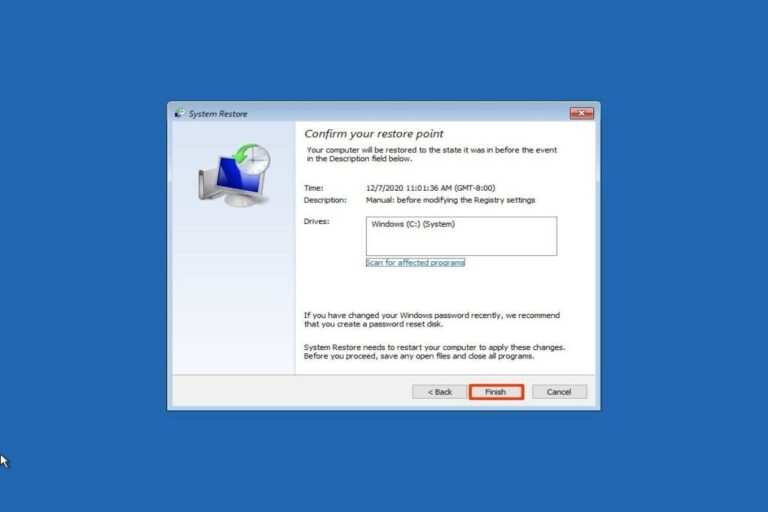Table of Contents
Industries and Services that Video Brochures
They’re perhaps one of the closest things we have to letters and newspapers with moving pictures, like something out of Harry Potter.
Until that technology (or magic) is somehow invented, video brochures will remain a perfect choice where sending a regular video or brochure won’t cut it. This list of industries and services that video brochures have assisted will explain why.
Training and Education
Video brochures are not just a way to advertise a business differently, they have very practical applications within training and education too. Seminar tables and training tables from Today’s Classroom are perfect for business, school, church, office and individual uses. Shop online now and save big!
These brochures can come in handy in circumstances of having no access to an internet connection. A temporary alternative for if a networkgoes down, or isn’t working as it should whilst maintenance is being carried out. They can also be used for training and working in areas where internet access isn’t readily available.
Video Brochures for the Engineering Industry
Workers in the field of heavy engineering that work underground creating tunnels are one such industry where video brochures or booklets become an excellent alternative solution.
The brochures have been used for health and safety training, and could also be used as video guides for using new equipment, amongst other applications.
Though this is one such example, training can be used for practically any industry if desired.
How it Works
Perfect for training employees in an environment with no internet signal to connect to, the booklets contain the video files in their storage space, which can be anywhere from 128MB (a 10 minute long video) to 8GB (2 hours of HD video).
The brochure designs feature clickable buttons for playing, pausing, and adjusting volume levels. They also come with USB cables for recharging the battery.
The brochures come in several different shapes and sizes for both the booklet and the screen, as well as softcover or hardcover. Just like with smartphones, the size of the brochure also affects the size of the battery and storage space.
Capturing the Attention of the Finance Industry
The finance industry umbrella includes services such as banking, wealth management, retirement planning, leasing, insurance, and many others.
Video brochures have played a part in capturing the attention of the otherwise hard to reach senior buyers and influencers in the buying circle, enabling the creation of new business opportunities.
The usage of video brochures and cards in the finance industry has been one of the most successful applications of the format. Businesses that have taken the time and effort to produce personalized video content like creating YouTube intros for each potential client has seen response rates rise by up to 40%.
This has been incredibly good news for business opportunities – and the funding of them. Potential revenue from these clients can be large, so it’s an ideal strategy for both business to business and business to consumer marketing.
Here are just some of the uses of video brochures in the finance industry:
- Direct Mail – acquisition
- Seminar invitations
- Sales leave-behinds
- Company reports/investor relations
- Pitch submissions/tender documents
- Press/PR packs
- LCD Business cards
Helping IT Companies Attract Big Business
Similar to the struggles of the finance industry, IT companies also need that extra help attracting big budget and influential companies to provide IT support for.
Video brochures are especially appropriate for the IT industry as they often use visualizations, animations, and diagrams to convey complex technical jargon in a straightforward and easy to digest manner.
So once again, not only can these brochures capture attention, they’re perfect for educating too.
Real Estate Industries
Realtors in the US and estate agents in the UK have used video brochures as a way of attracting high value clients, sending them brochures containing virtual tours of commercial and luxury properties. They can also be used to acquire new listings; the owner of a property may be swayed by the unique marketing tactic.
Various Parts of the Healthcare Industry
The healthcare industry can refer to pharmaceutical companies, diagnostics, insurance, clinical supply, hospital treatments, dental or cosmetic surgery, as well as doctor and patient communication.
Video brochures are used by companies like Pfizer as an effective medium to convey the benefits of a new medication to medical professionals who will then go on to potentially recommend the new medication to patients.
The brochures can also be used in training staff and educating patients about complex medical procedures.
Considering Video Brochures for your Business
Now that you’ve seen the influential and educational power that something as simple as a video brochure can hold, consider using them for your business. You could end up adding your industry to the above list.








